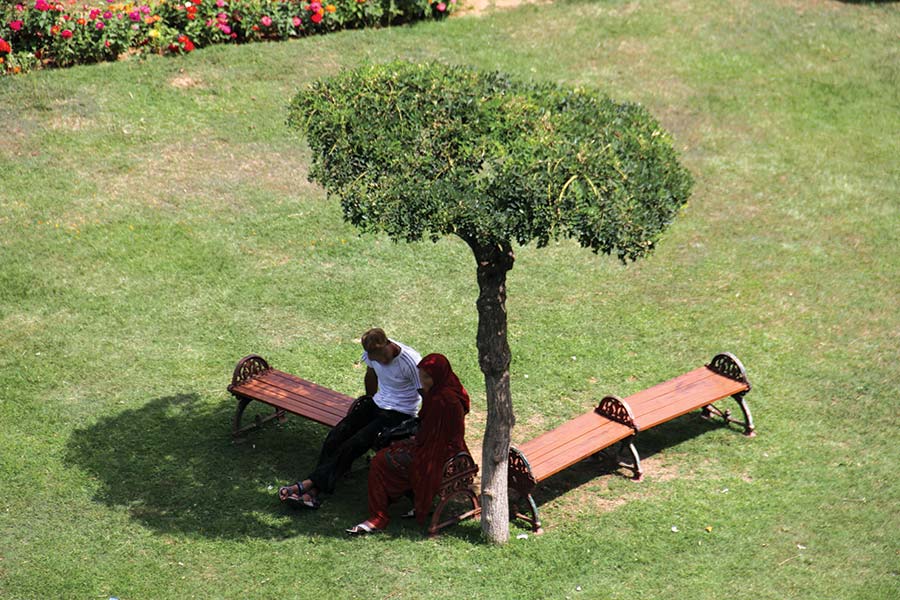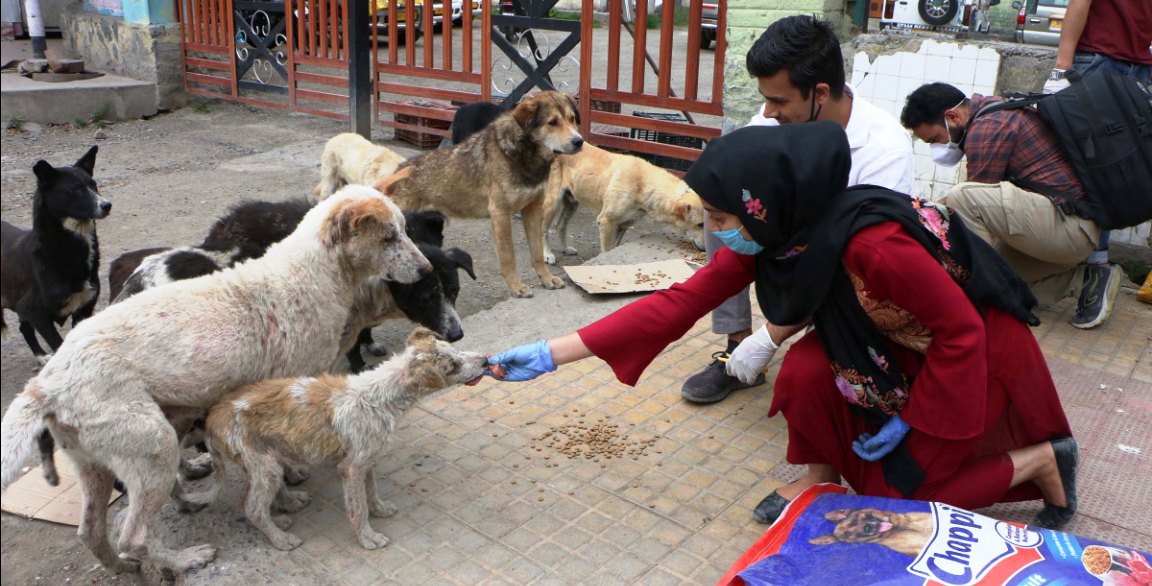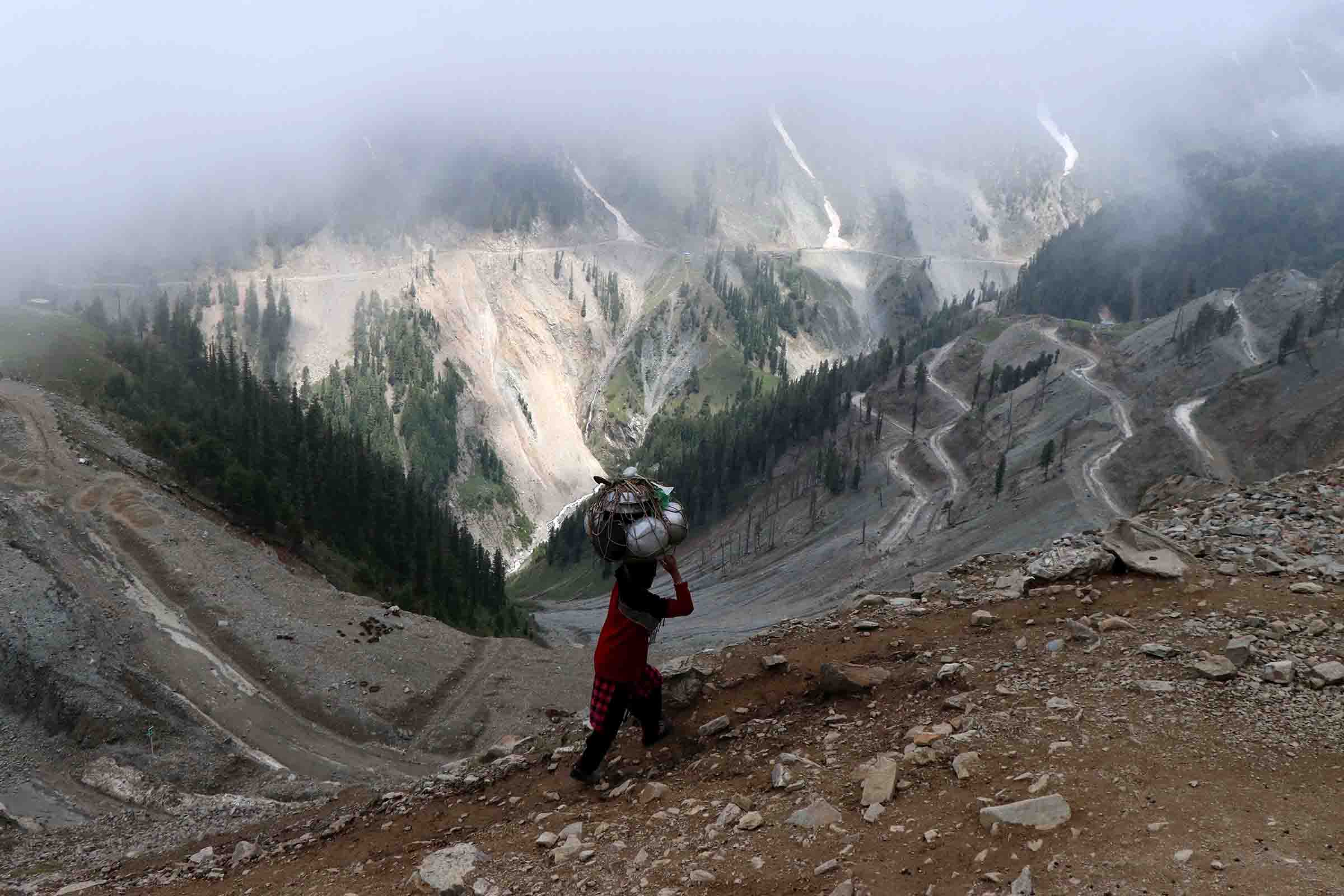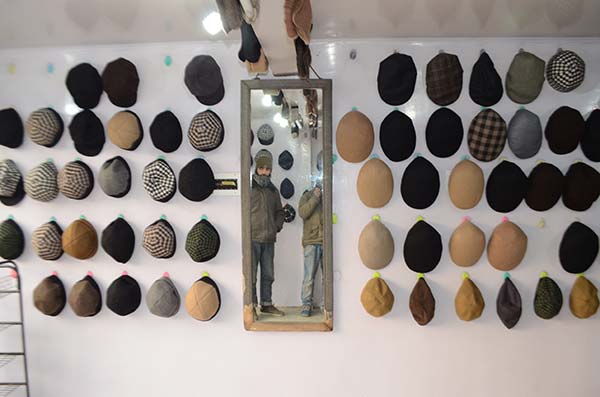by Dr Reyaz Ahmad Ganaie
It was Friday, October 22, 1993, the eighth consecutive day of the siege laid by the security forces around the Shrine at Hazratbal Srinagar. As the whole valley was observing protest strike on the eighth successive day, massive peaceful demonstrations were being held throughout the valley against the siege. Bijbehara town was no exception to the widespread demonstrations being held everywhere in the valley.
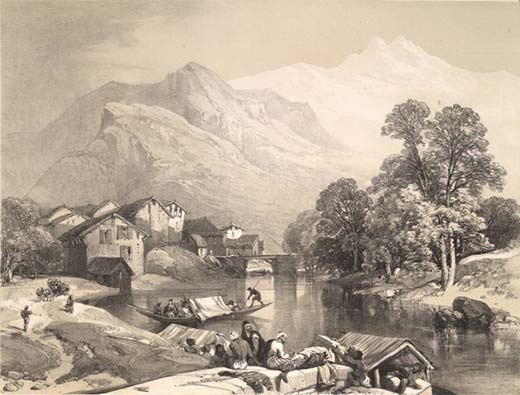
On this fateful day, the people of the town offered the Friday congregational prayers in Jamia Masjid Bijbehara where from a long procession of around 15000 emotional but peaceful people started marching through the streets of the town.
The protesters were raising slogans demanding the lifting of the siege of the Shrine. When the procession reached the main road (Srinagar-Jammu national highway) the 74th Bn BSF allowed the whole procession to come out on the Highway and then started indiscriminate firing on the procession from all sides. More than 40 were killed and scores injured. It was a doomsday for Bijbehara: dead bodies were piled on streets and blood was seen everywhere.
When we tried to enter the hospital, the BSF at the hospital gate did not allow us in. But my mother did not want her son die for want of treatment.
At the time of the incident, I was 13 years old. I was in procession in which I got many bullets in my chest and my both hands got serious injuries. It was a day when people driving dead bodies on hands carts and my mother beating her chest and pulling her hair are still fresh in my mind.
I was lifted by my neighbours, Gulab Khan and Mohammad Ramzan Ganaie. They were approaching the hospital when my mother saw me in the bloodbath. She cried and asked me what I had done? I told her that I got bullets on my whole body and I will not survive now.
When we tried to enter the hospital, the BSF at the hospital gate did not allow us in. But my mother did not want her son die for want of treatment. She tore her clothes and asked the security forces either kill her or allow her son to enter the hospital. After witnessing the courage of my mother and the gravity of the situation the BSF left the place and allowed us to enter the hospital. But there was no facility available in the hospital and we were asked to go to the district hospital Islamabad. When we were on the way to the district hospital we were stopped by the army at the Padshahi Bagh Bijbehara, just 300 meters away from the spot of the firing. They started asking us about the happenings as if they were unaware of the incident. They asked all the injured to come out of the vehicle but the people who were accompanying us agitated and started slogans in favour of Azadi which infuriated them. They started firing on our vehicle carrying the injured and we left the place.
Finally, we reached the district hospital where there was no doctor, staff and the medical facility and all the injured were referred to the Srinagar in a truck.
At Khanabal, we were again stopped by the Army for want of identity. When they saw the injured in the vehicle, they also started asking about the incident thus wasted our time. Finally, we reached the district hospital where there was no doctor, staff and the medical facility and all the injured were referred to the Srinagar in a truck.
After reaching back to Bijbehara, few more people accompanied us in the truck and we started approaching towards Srinagar. At Sangam Bridge, we were again stopped by the security forces for few minutes and this process continues until we reached the Srinagar.
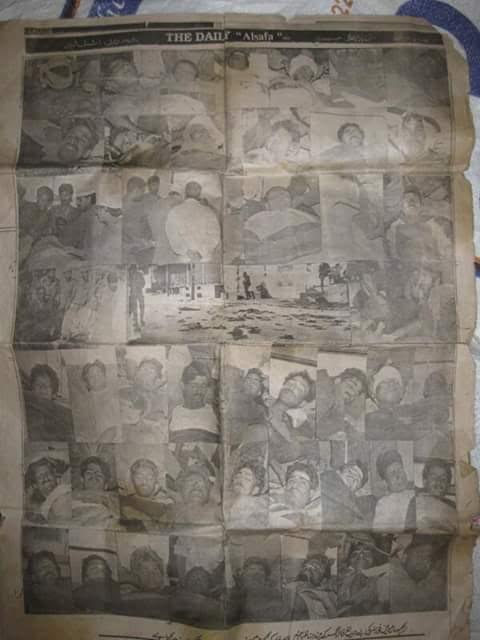
When we reached SMHS hospital all the injured persons were taken to the operation theatre except me. The doctors diagnosed least chances of my survival. But I was crying, asking doctors to remove the bullets from my chest so that I could be relieved from the pain but all in vain. I was operated upon at last. These memories are still afresh in my mind until the doctors put the mask on their faces at the time of operation. Later, on after few days of the operation, I come to know that most of the injured who were operated first and apparently had better chances of survival, had died.
Amongst the killed was a 13-year-old local Kashmiri Pandit boy namely Kamal Ji Koul who had also joined the peaceful procession as he thought the siege of the shrine was uncalled far. However, after the death of the Pandit boy, his family migrated to Jammu.
I was operated upon at last. These memories are still afresh in my mind until the doctors put the mask on their faces at the time of operation. Later, on after few days of the operation, I come to know that most of the injured who were operated first and apparently had better chances of survival, had died.
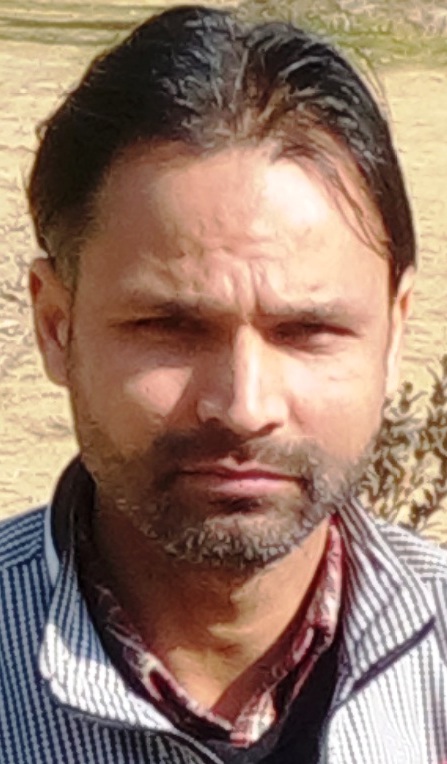
After the incident, the government as routine ordered the magisterial enquiry. It was submitted to the government, recommending the dismissal of accused to be followed by the initiation of criminal proceedings to ensure justice. However, the recommendations could not help the National Human Rights Commission (NHRC) to deliver on Bijbehara massacre after Home and Defence ministries refused it access to relevant case files of the court-martial, in which all the BSF personnel accused of the massacre had been acquitted. Even after taking the matter to the Supreme Court, Delhi government’s refusal on grounds that records could not be available for reasons of so-called national security. NHRC withdraw the case from the court in September 2000 without ensuring justice to the people who lost their kiths and kin in the incident.
In this massacre, a number of students were killed mercilessly by the Border Security Forces (BSF) 74 Bn. The sad part of this massacre is that a couple of houses got locked forever as the only surviving heirs got killed in the massacre. One among them was Mohammad Shafi Hamdani. His father of Mohammad Shafi had already died. Soon after the incident his mother also died.
The other youth who got killed in the massacre was Manzoor Ahmad Bader. He was also an orphan. His widowed mother had developed deformity in her body. Since there was nobody to look after her, she settled with one of her married daughters as there was no other option. She is alive but yet to come out of the shock.
The ruins of these abandoned homes are still standing as testimony to the massacre. One of these houses got totally damaged in the devastating flood of 2014 of which the debris of the house is lying on the ground as no one could raise it again in absence of the rightful owners, already in the grave.
Bijbehara is perhaps the first and only town in the valley where people have raised the memorial for the martyrs soon after the incident. The memorial is a standing structure in the shape of a monument in the playground turned martyr’s graveyard in New Colony Bijbehara. It has names of all the slain inscribed on it.
So many people who were part of the procession survived with disabilities. These include Sara Begum, Ali Mohammad Tak, Mohammad Yousuf Shah, Abdul Gani Hajam, Ghulam Mohammad Pandit, Mohammad Shaban Rah, Mushtaq Ahmad Pandit, Mohammad Asif Ganie, Mehmood Ahmad Nazmi, Jan Mohammad Pandit etc.
Once the firing starts, Sara Begum known for his bravery came out of her house to inquire about happenings. When she saw the injured persons outside her house, she started evacuating the injured to a safe place. But she was fired upon indiscriminately. Now surviving with a permanent disability, Begum is struggling hard to cope with her deteriorated health.
Ali Mohammad Tak got multiple bullets in his leg and due to the severe injury, he lost his lower limb. Now in the late eighties, he is struggling hard to meet his both ends. He was running a provisional store but due to his severe disability, he was forced by the circumstances to wind up his business.
Mohammad Yousuf Shah of Pazalpora who is in the late forties also lost his limb and is living in abject poverty.
Abdul Gani Hajam also lost his limb and died a few years back due to his deteriorated health conditions and severe disability.
The other two survivors of this massacre, Ghulam Mohammad Pandit and Mohammad Shaban Rah also died recently. Pandit had an amputation and Streptococcus infection killed them. Mohammad Shaban had undergone several surgeries including the excision in his leg but it did not help. He died of infection, last year.
(Dr Reyaz Ahmad Ganaie is the eyewitness and the survivor of the Bijbehara massacre and has done PhD from Pondicherry Central University.)


